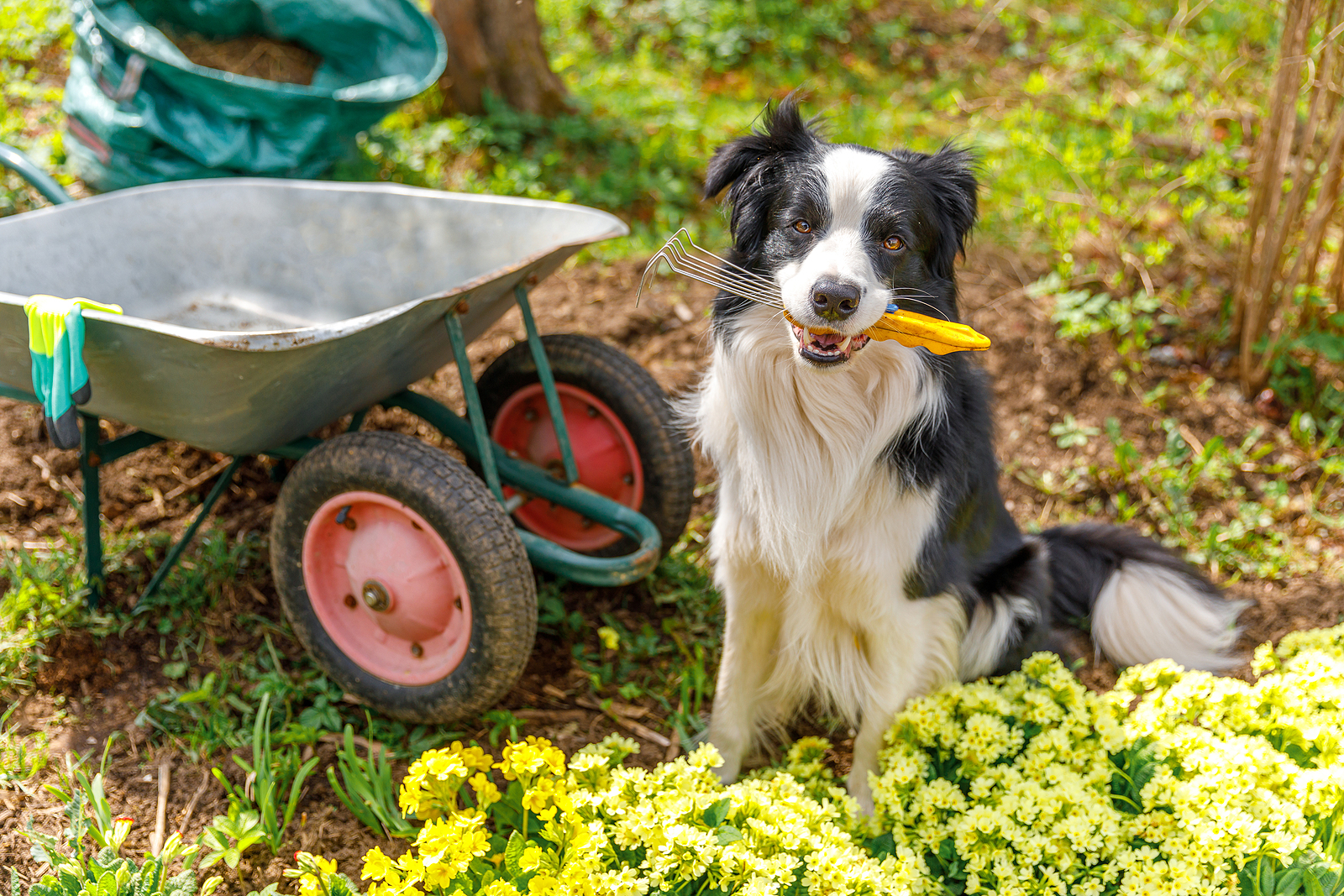Serious gardeners have a lawn-care schedule, adhered to like clockwork each year. You can identify these folks by their lush, green landscapes.
Others use a hit and miss approach and, while the grass lives, it may not thrive. Prepping the lawn for the coming growing season is one way to have a healthy, green lawn.
Take advantage of the cooler weather in late winter or early spring to get outside and prep the lawn.
Here’s what you’ll need to get your lawn ready for spring
- Leaf rake
- Metal rake or dethatcher
- Pre-emergent crabgrass herbicide
- Rotary spreader
- Fertilizer
- Fertilizer spreader
- Grass seed
- Lawnmower
- Get the lawn ready for the spring season by raking up winter debris, such as branches, pine needles and leaves. Raking may also remove some of the thatch layer, allowing your lawn to ‘breath’ better and to more readily absorb water.
- Check for the lawn for how much thatch is left. This is leaf and stem debris that builds up between the grass blades and the soil. A small amount of thatch — 1/2 inch or less — is fine. Remove excess thatch with a thatch rake, allowing 1/2 inch to remain. View this quick walkthrough of the process at YouTube.com.
- Apply a pre-emergent crabgrass control product. Crabgrass seeds germinate in the spring as the soil begins to warm. The best way to apply the pre-emergent herbicide granules is with a rotary spreader, scattering it as you walk across the lawn. Water the lawn to a depth of 6 inches after application.
- Early spring lawn fertilizer is important so apply it to warm season grasses, such as Bermuda, zoysia and St. Augustine, immediately after green-up. Use the amount of fertilizer listed on the package and broadcast it evenly over a dry lawn. Cool season lawns, such as tall fescue and Kentucky bluegrass, should have been fertilized in February.
- While fall is the best time to over-seed a lawn, spring is the second best. The experts at Scott’s walk you through the process in this video. Wait a month after fertilizing to do it.
If you’ve applied a pre-emergent weed killer, you’ll need to wait the amount of time recommended on the weed killer’s label before over-seeding.
- Finally, mow the lawn to a height of 4 inches.
Now your lawn is ready for whatever spring and summer throws at it.







 EN
EN
 ES
ES